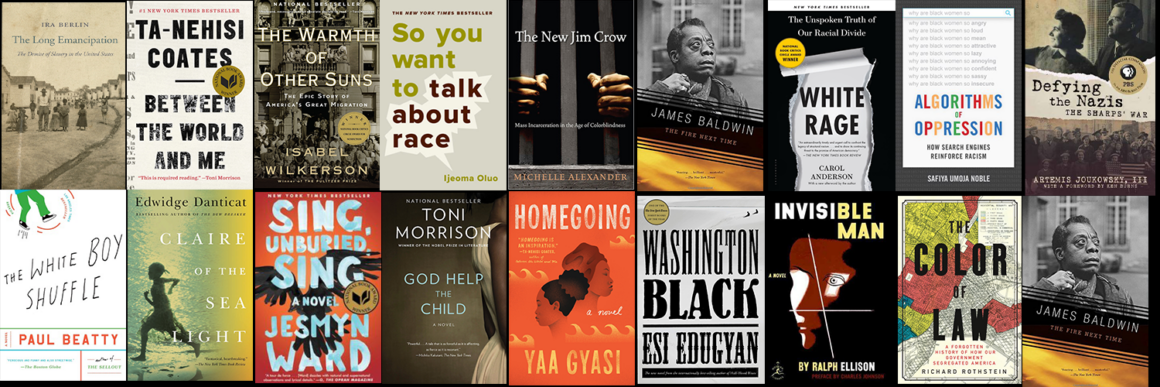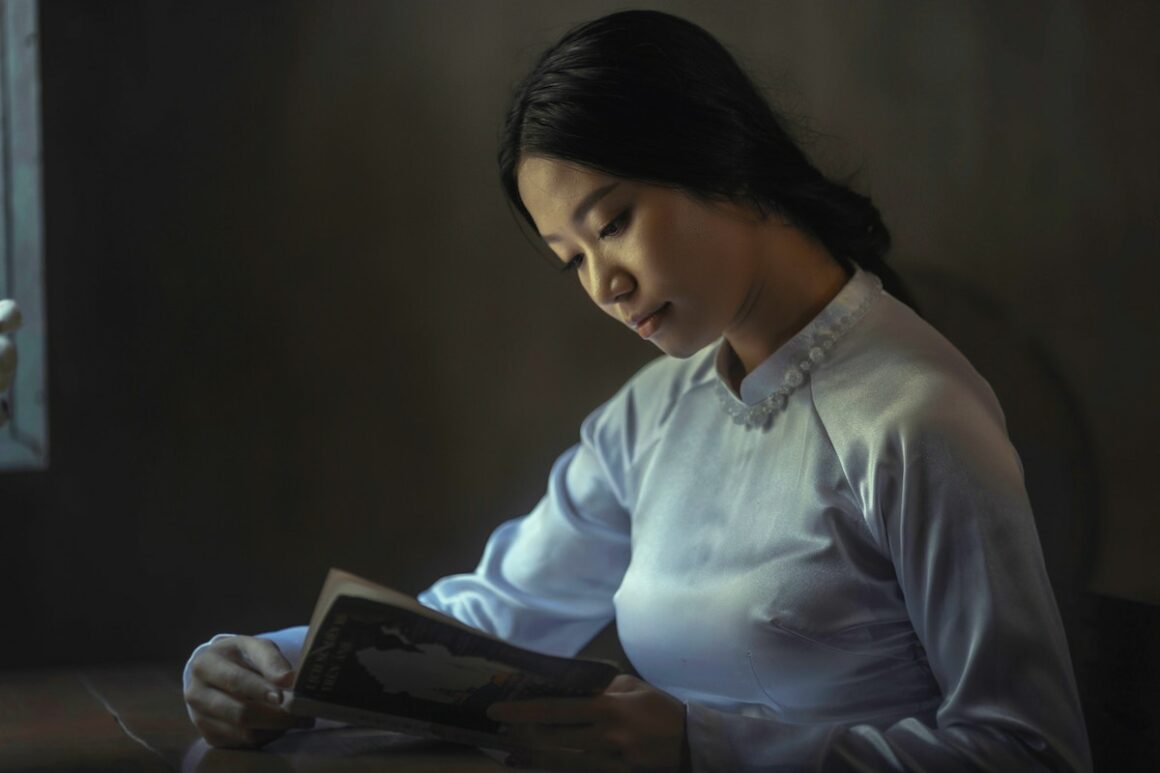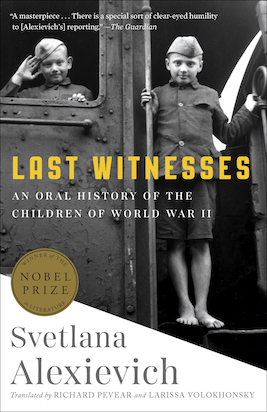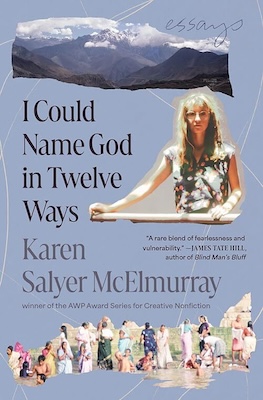
When Jeffrey Phillips, a poor teenager in Chicago, shoots and kills a man in a carjacking gone sideways, Sandra Yanders, a teen witness from “the other side of the tracks,” is determined to testify against the shooter in court. Her determination wavers when her father Ben is shot and killed before her eyes in Hyde Park.
Ben’s murder brings together two men from opposite sides of the tracks and unlikely to cross paths under any other circumstances: Ben’s neighbor, Paul Elliott, the first black partner in a large law firm, and Rico, a hitman with a conscience. Rico suspects that Sandra was the assassin’s intended target, since he had refused the same job because he “wouldn’t put a hand on a woman.” Rico can’t figure out, though, why someone put a hit on the witness of a murder committed by a poor black teenager.
The Last Straw is Duncan’s second novel in a projected trilogy. Like the first novel in the series, Pigeon-Blood Red, it is set in present-day Chicago and Paul and Rico are its central characters. Paul and Rico are at the nexus of Jeffrey’s crime, Ben’s assassination, and the hunt for Jeffrey’s patron.
Other storied characters returning for the second time include Jean, Rico’s lover and a prostitute by trade, and Evelyn, a math professor and Paul’s lover. Even though Jean and Evelyn are from opposite sides of the tracks—a theme that runs deep in Duncan’s writing—they both challenge their partners’ use of guns. The women in Duncan’s writing appear to represent the conscience of present-day Chicago, where in 2017 guns were used to commit more homicides than in New York City and Los Angeles combined.
I read The Last Straw on a flight from Philadelphia to Los Angeles. It seemed to be the shortest PHL-to-LAX flight I had ever made. The book pulled me right in, kept me turning the page, and enabled me to escape into another world for a few hours. I appreciated that.





